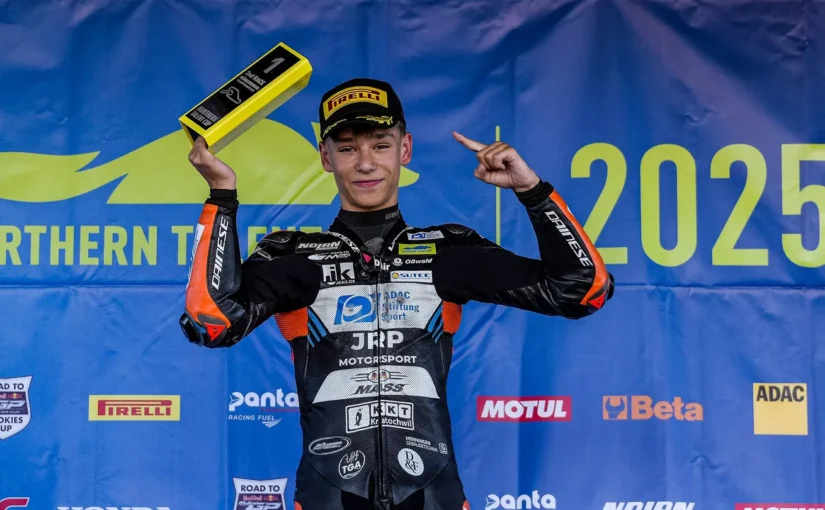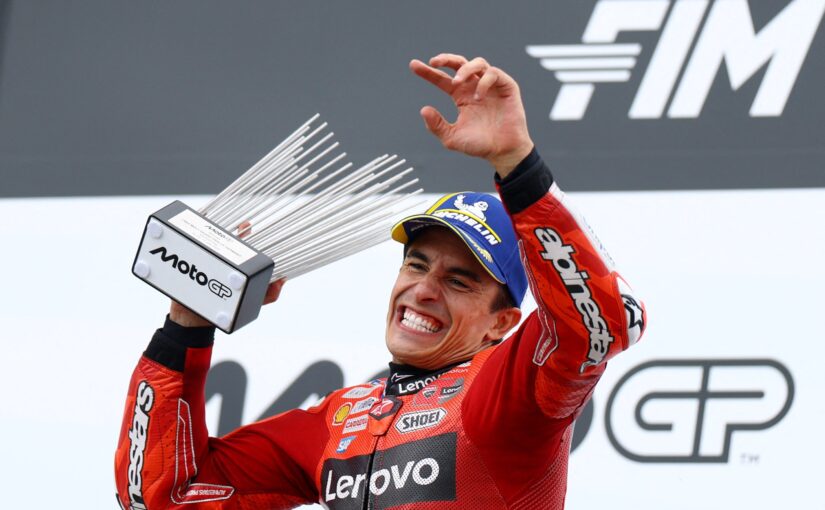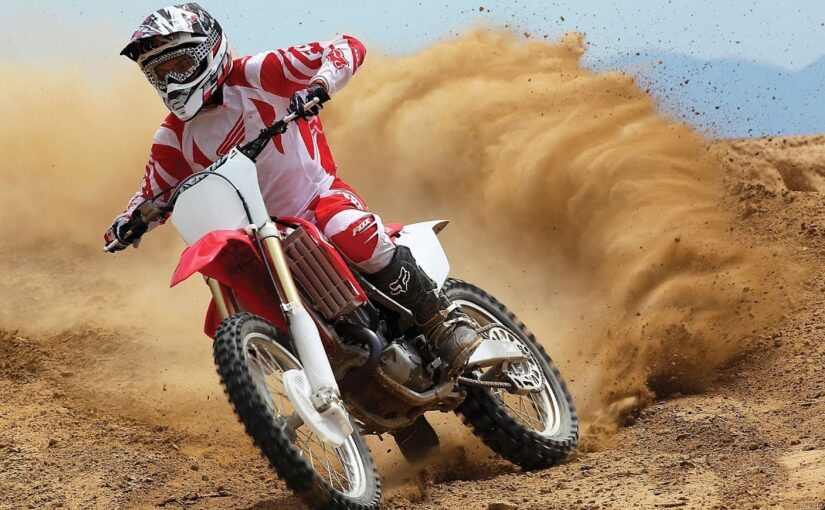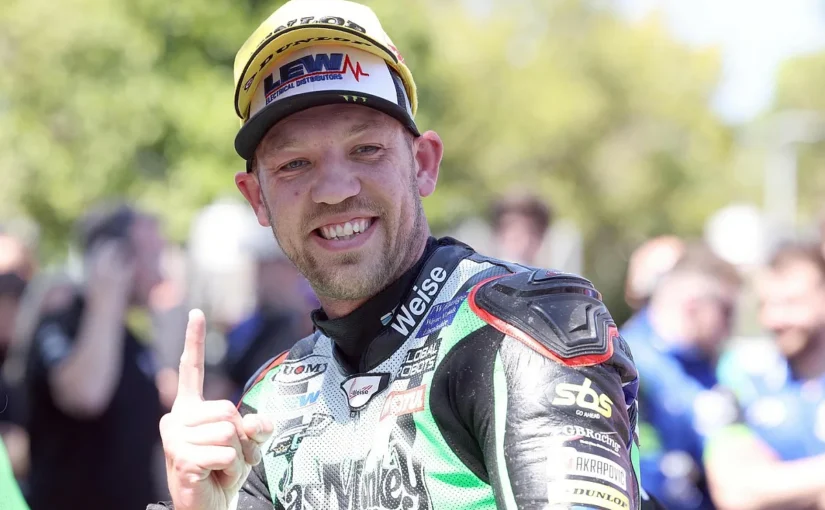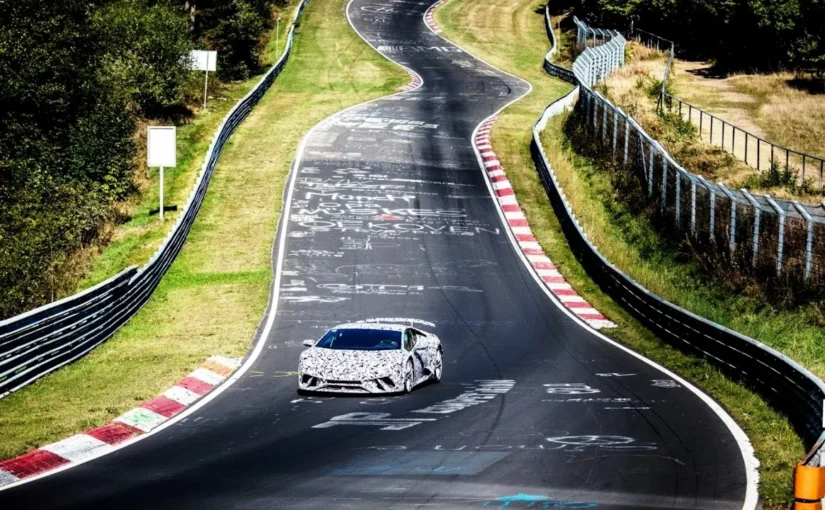Germany, with its diverse landscape and well-developed motorsport infrastructure, is an ideal place for the development of off-road disciplines. Motocross and enduro are particularly popular here, attracting both professional athletes and fans of extreme riding. These types of motorsport require not only physical fitness and skill, but also the ability to adapt to difficult off-road conditions, which makes them especially spectacular and exciting. The history of off-road motorsport in Germany dates back decades, and during this time, the country has developed a unique culture of motocross and enduro. Specially equipped tracks located in different regions allow holding competitions of different difficulty levels. Motocross tracks are characterized by jumps, steep turns and difficult dirt surfaces that test the skills of racers for strength. Enduro, in turn, offers longer routes, often passing through forests, hills and even water obstacles, which requires participants not only speed, but also endurance. One of the key factors in the development of off-road motorsport in Germany is the availability of professional schools and training centers. Here, young racers can master basic skills, and experienced athletes can hone their technique. Coaches pay special attention to safety, which is especially important in injury-prone disciplines such as motocross and enduro. In addition, master classes and seminars are regularly held in Germany with the participation of famous athletes, which allows amateurs to learn from the experience of professionals. The competition system in Germany is well organized and includes many regional and national championships. These tournaments attract a large number of participants and spectators, creating an atmosphere of a real celebration of motorsport. The National Federation actively supports the development of off-road disciplines, contributing to the growing popularity of motocross and enduro among young people. In addition, German racers regularly participate in international competitions, demonstrating a high level of training and competing with the best athletes in the world. The interest in off-road motorsport in Germany is also supported by a well-developed infrastructure. In addition to professional trails, there are many places in the country where amateurs can ride for their own pleasure. Specially designated areas for enduro and motocross allow you to avoid conflicts with environmental laws, which is especially important in conditions of strict environmental legislation. Clubs and communities of enthusiasts organize joint trips and events, strengthening the spirit of the community and popularizing this sport. Technological progress also plays an important role in the development of motocross and enduro. Modern motorcycles, designed with the latest technology, are becoming more reliable and powerful, allowing riders to conquer the most difficult tracks. German manufacturers and tuning studios are actively involved in the creation of specialized equipment that meets all the requirements of professional sports. Motocross and enduro in Germany are not just sports, but a whole culture that unites people of different ages and professions. Adrenaline, speed, unity with nature and competitive spirit make these disciplines especially attractive for those who are looking for thrills. Thanks to a well–organized training system, high-quality infrastructure and support at the state level, off-road motorsport in Germany continues to develop dynamically, attracting new fans.

